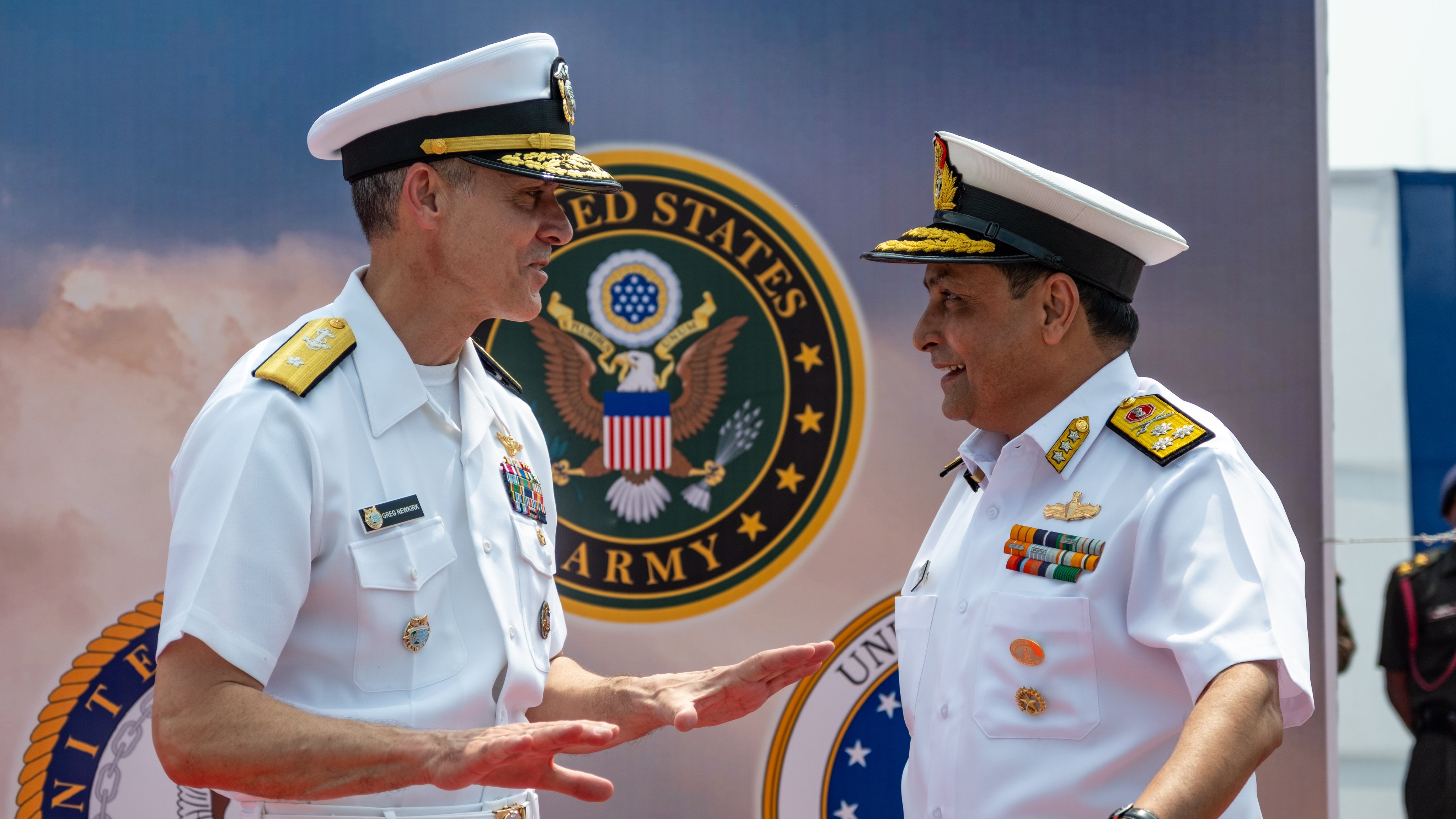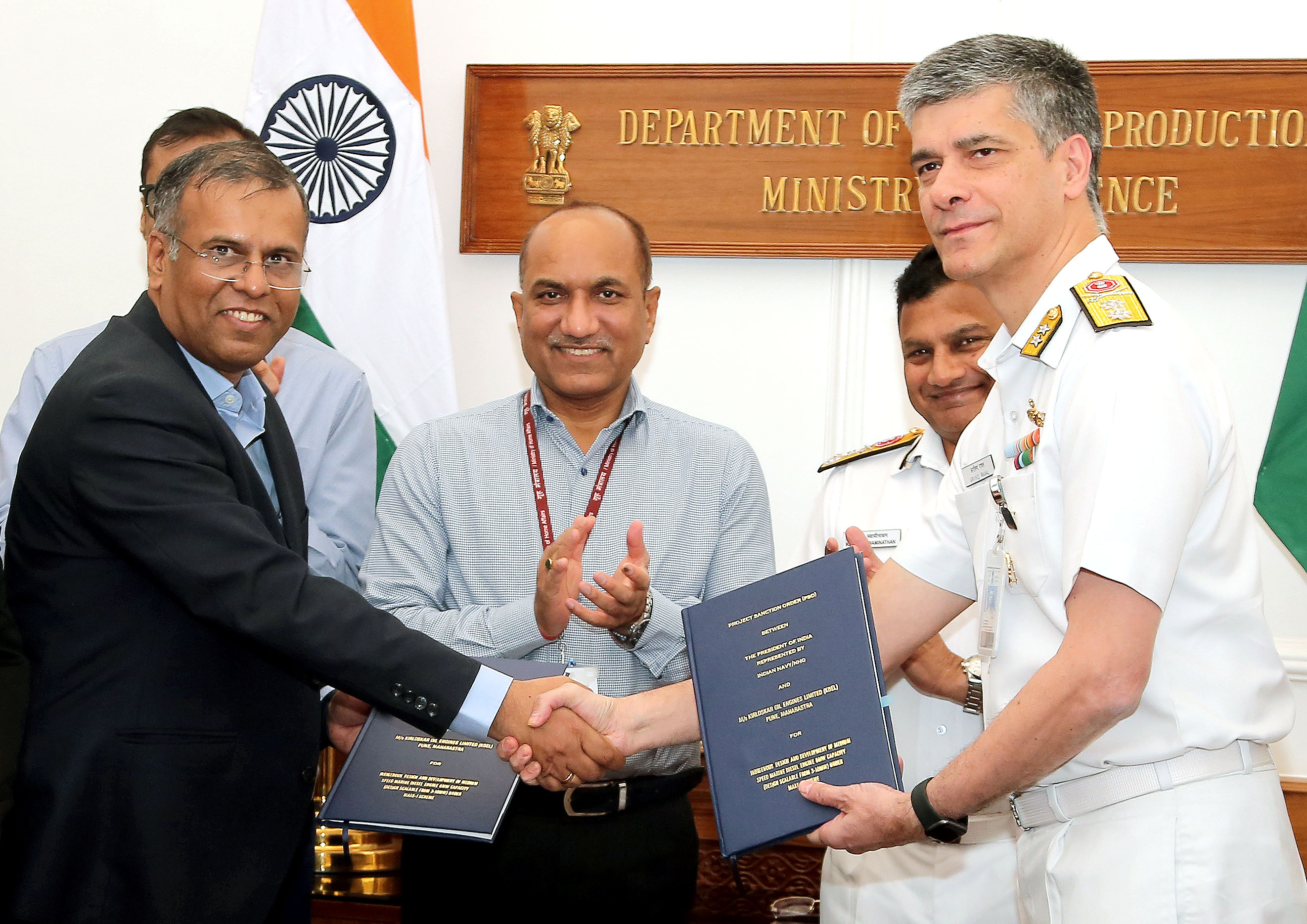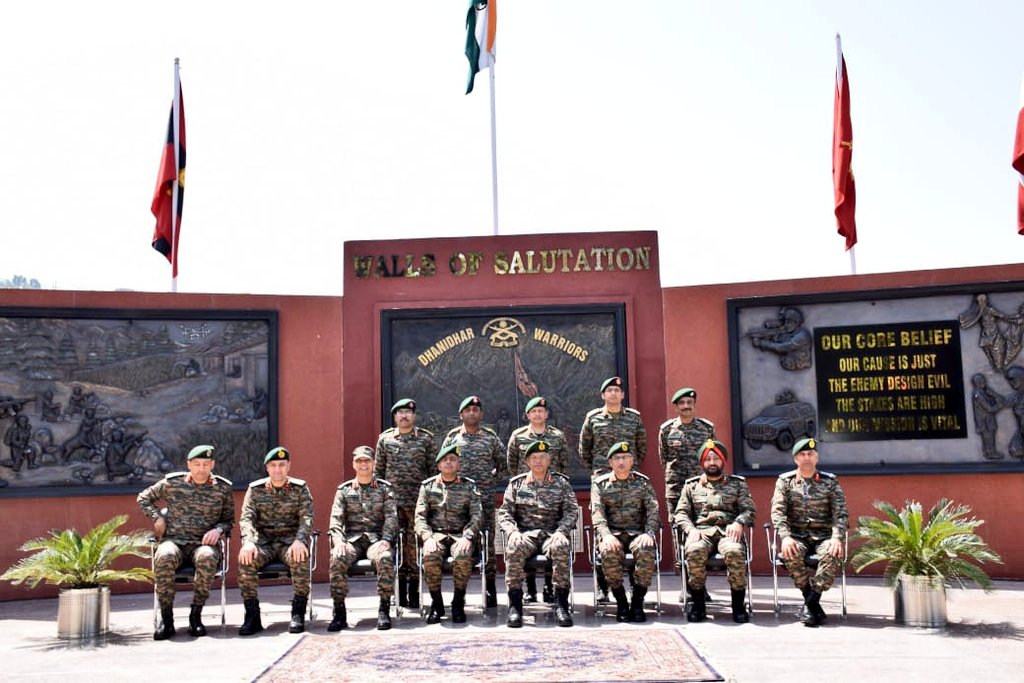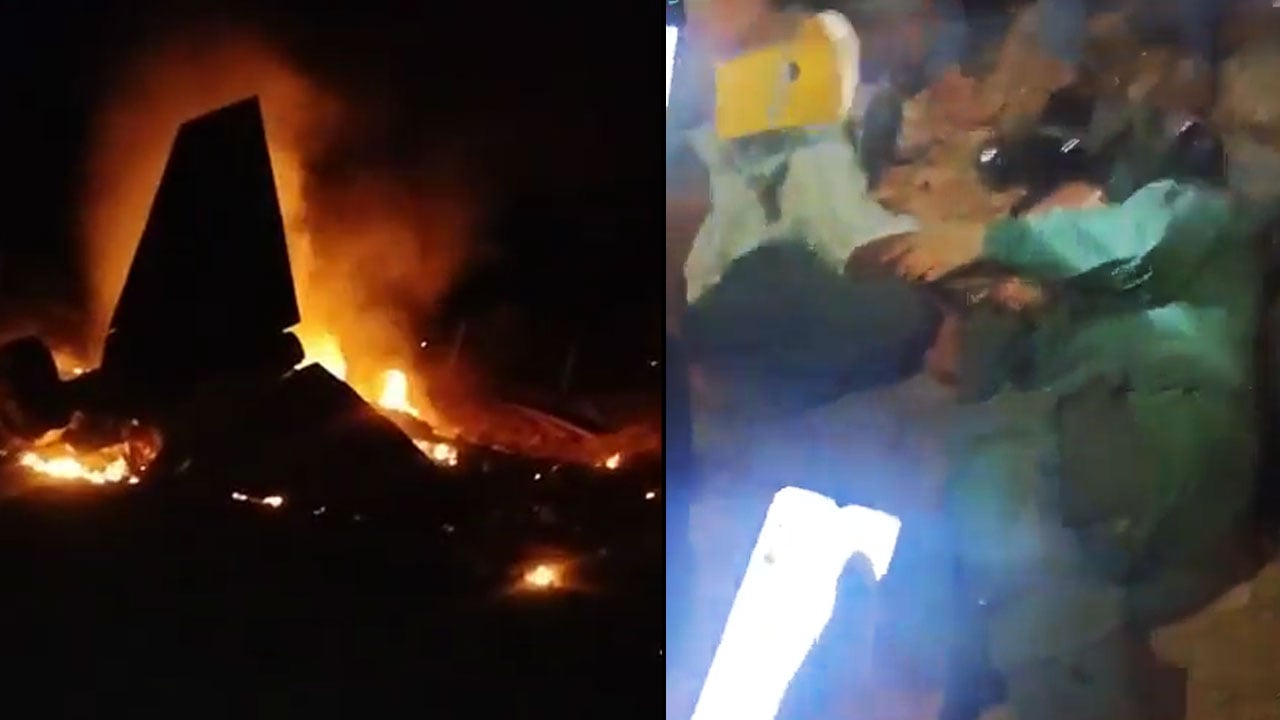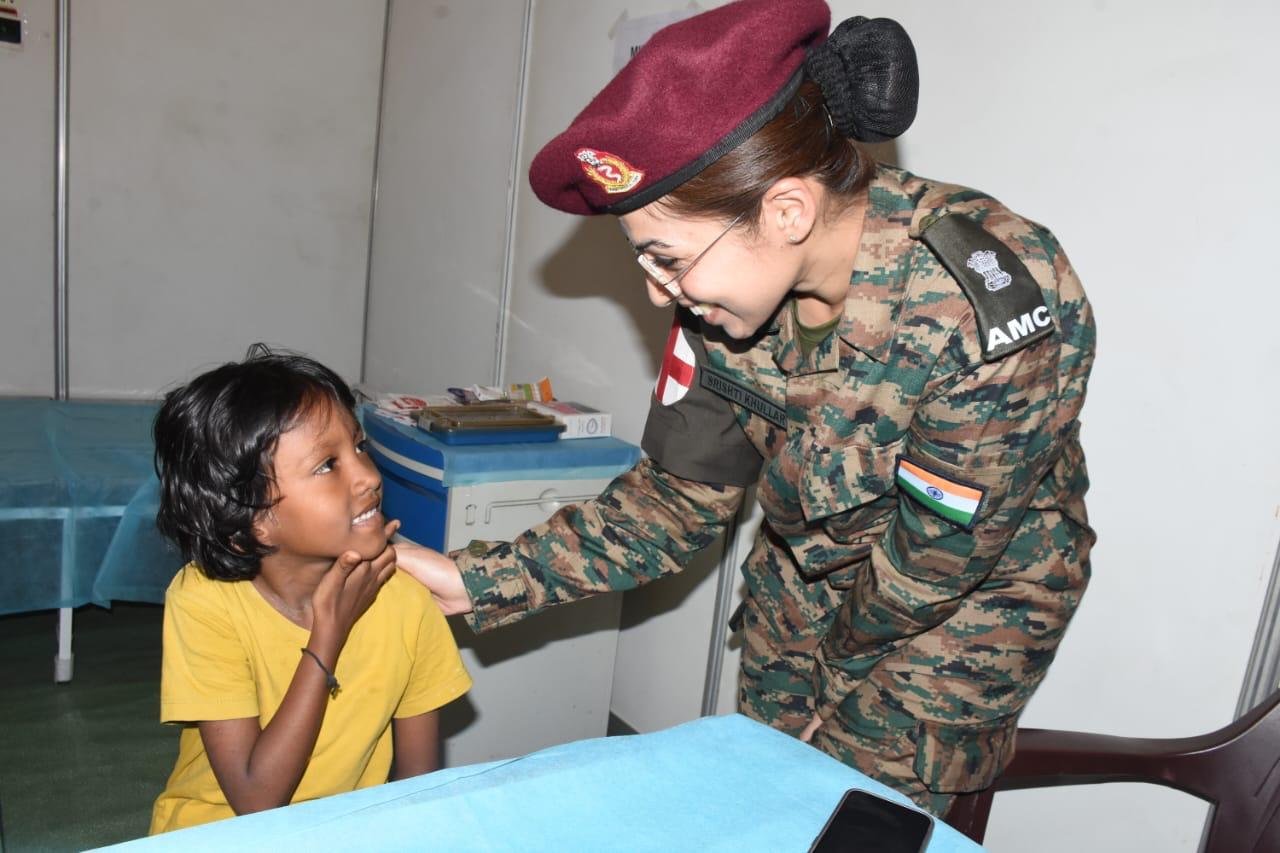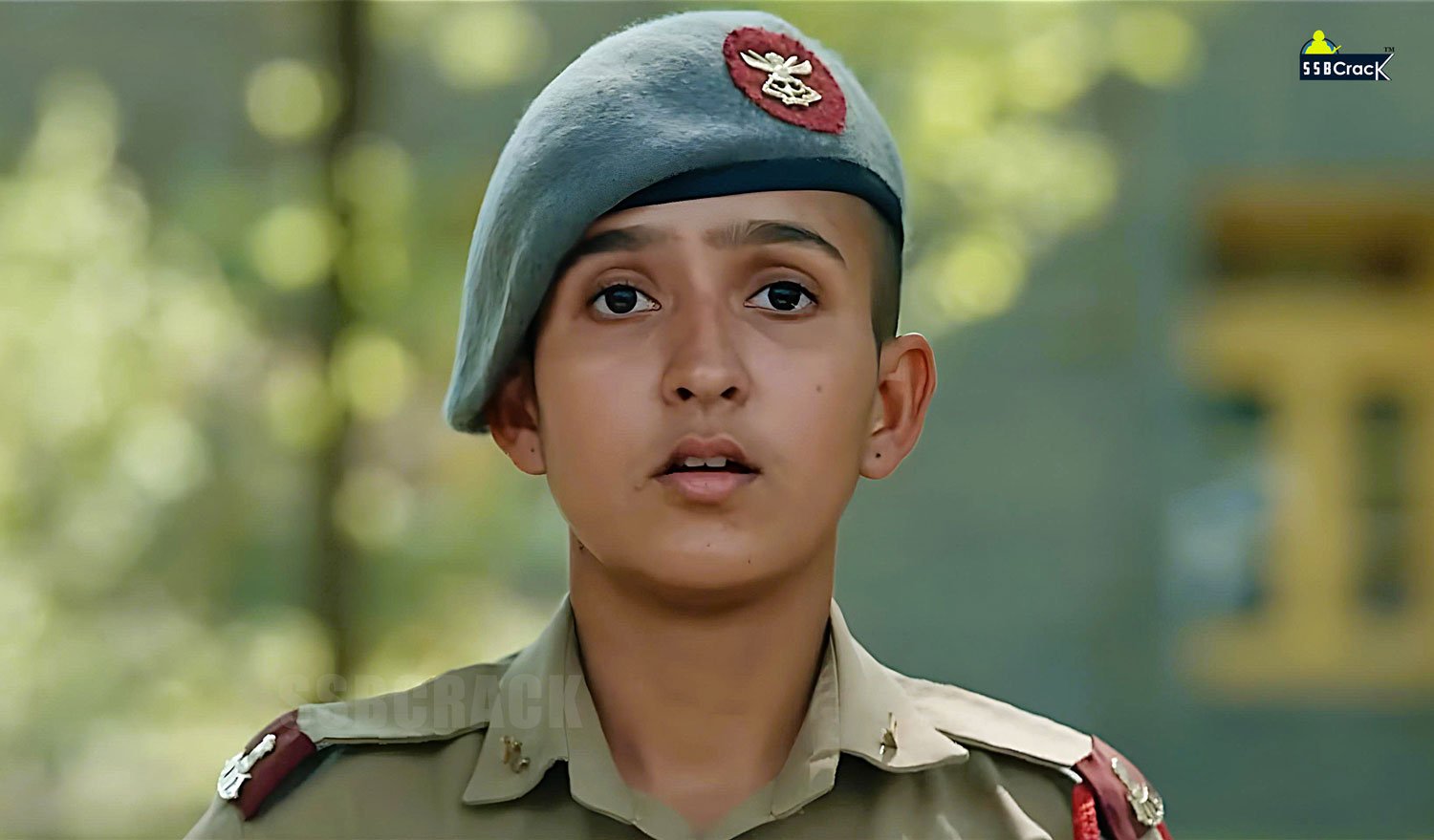India and U.S. Launch 4th Edition of Joint HADR Amphibious Exercise ‘Tiger TRIUMPH 2025’
The 4th edition of the bilateral Humanitarian Assistance and Disaster Relief (HADR) amphibious exercise, Tiger TRIUMPH 2025, between India and…
Indian Navy Signs Project Sanction Order for Indigenous 6MW Medium Speed Marine Diesel Engine
In a significant step towards self-reliance in defence manufacturing, a Project Sanction Order (PSO) under the ‘Make-I’ category has been…
Lieutenant General P K Mishra Visits Rajouri to Review Security Situation, Lauds Veterans’ Role in Counter-Terrorism
Lieutenant General P K Mishra, General Officer Commanding (GOC) of the White Knight Corps, along with the GOC of Counter…
Indian Air Force Jaguar Fighter Jet Crashes in Jamnagar, Gujarat
Jamnagar, Gujarat – April 2, 2025: A Jaguar fighter aircraft of the Indian Air Force (IAF) crashed in Jamnagar, Gujarat,…
10 Pictures of Indian Army Soldiers in Myanmar Earthquake Rescue Will Make You Proud
When disaster strikes, heroes rise — and once again, the Indian Army has proven that courage and compassion know no…
Meet Battalion Cadet Captain Ritul Duhan: A Trailblazer at National Defence Academy (NDA)
The National Defence Academy (NDA) has recently marked a significant milestone in its history by welcoming female cadets into its…

